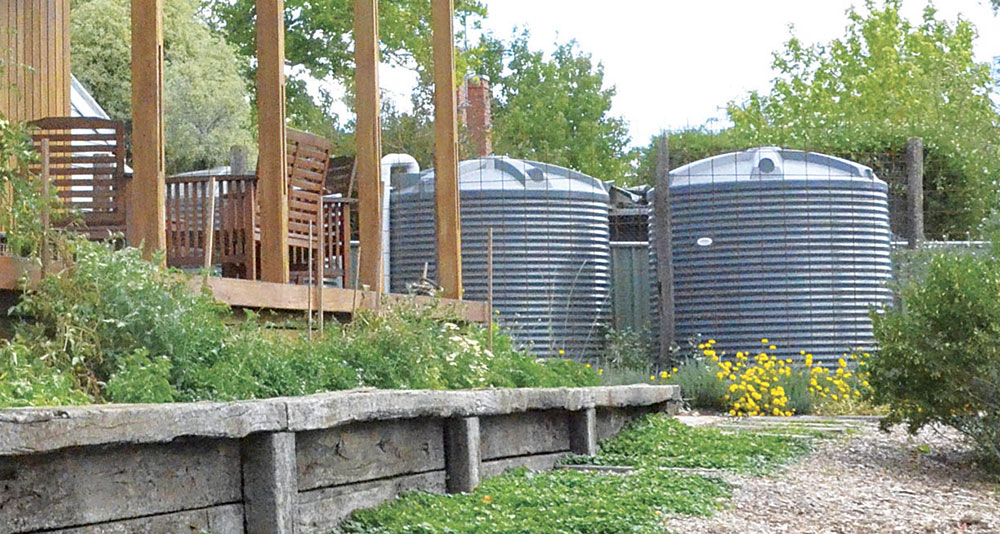Advertisement
With the severest drought conditions in recorded history, a growing number of Australians are concerned about water storage and water security.
A rainwater tank is an effective way to guarantee water availability and reduce your water bill in your home or business. How do you ensure that this tank continues to provide you with top-quality water? Here are a few tips for guidance.
- Choose the right size of rainwater tank
Your rainwater cistern should be neither too big nor too small. A tank that is too large is never full. The quality of the water may suffer. A tank that is too small empties too quickly if it has not rained for a while. Let an expert calculate the size of your ideal rainwater cistern. Important factors to take into account:
- The number of people who will use it,
- The applications where you use rainwater,
- The size and type of roof (flat roof, sloping)
- The period in which you empty the tank.
- Optimize your gutters for efficiency
The most common materials are half-round PVC, aluminum, galvanized steel, and vinyl for gutters and downspouts. Downspouts and gutters also need other necessary components.
Several very simple systems exist, such as the rainwater collector and filters attached directly to the gutter. This is both smart and easy to assemble by drilling two holes on each side of the duct. All you have to do is place the tank under the valve, the flow of which is controlled.
- Check and clean your filters in time
Your rainwater recovery system consists of several filters: the pre-filter, the post-filter, and a possible activated carbon filter. The pre-filter is usually placed in the rainwater collection tank and retains the harshest impurities, such as leaves and branches. Sand and sludge end up in your rainwater collection tank anyway.
It is best to check this filter every six months to see if nothing is stuck in it. It may also be beneficial to clean the filters after a certain time to ensure no organic matter clogs the filter. There are self-cleaning pre-filters, but regular checks are certainly necessary.
Tip: clean your gutters every six months, but at least every year.
- Clean your tanks at the right time
If your pre-filter is working correctly and you don’t live in a sandy area, maintenance every five years on your rainwater tank is usually sufficient. Has it been dry for a long time? Lift the lid and check if there is a layer of mud covering the bottom of the tank. If so, the water level is low enough to initiate a cleanup.
Tip: Leave the rainwater cistern open for at least a day. There is indeed a risk of lack of oxygen because the volume has remained closed for a very long time. The tank may also contain decomposition gases. Give them time to escape.
- A garden hose and bucket of water are all you need
A regular garden hose, brush, and bucket are all you need to remove the sludge from the rainwater tank. It is best to avoid pressure washers and cleaning products in this process. You can also use a flushing pump to pump out the leftover polluted water.
Heritage Water Tanks Company is committed to ensuring home and business owners in Australia have access to high-quality rainwater collection and storage systems. Call 1800 861 054 to speak to our experts.

